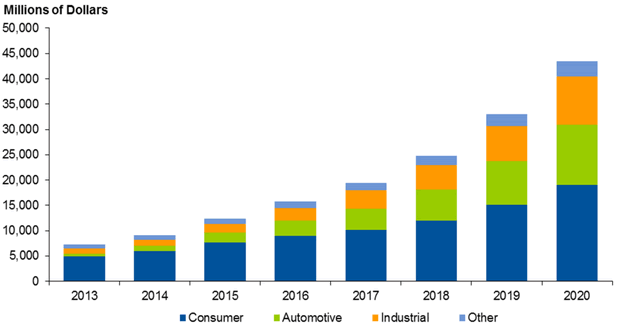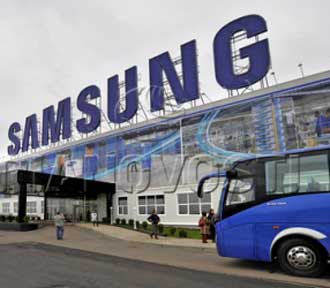 A research paper from Gartner said that devices used for processing, sensing and communications will grow by 36.2 percent next year, speeding ahead of the overall semi market that will grow by 5.7 percent.
A research paper from Gartner said that devices used for processing, sensing and communications will grow by 36.2 percent next year, speeding ahead of the overall semi market that will grow by 5.7 percent.
Processors will be the largest slice of the revenue cake, worth $7.58 billion in 2015.
Alfonso Velosa, a research analyst at Gartner, said: “The demand for billions of things will ripple throughout the entire value chain, from software and services to semiconductor devices. These things will drive huge demand for individual chips.” He said the growth would cover industries including consumer, industrial, medical, automotive and others.
He said LED lighting will grow in volume and that will lower costs and allow new services to be provided through connecting, networking and sensing the environment.

He predicts smart glasses and smartwatches will also see .
Gartner forecasts nearly 30 percent growth up to 2020 for semiconductor revenues related to the internet of things. “The truth is that inexpensive devices are one of the biggest enablers of the internet of things.”



















